In the wave of digital transformation and current practices of heritage access, visitors can “touch history” with interactive technology. Therefore, museums cannot continue to be “standing still” cultural institutions in a world that is moving strongly by technology and the increasing demands of the public for experience. Digital transformation, digital technology and the trend of personalizing experiences are continuing to fundamentally change the way museums operate, approach the public and organize exhibition content.
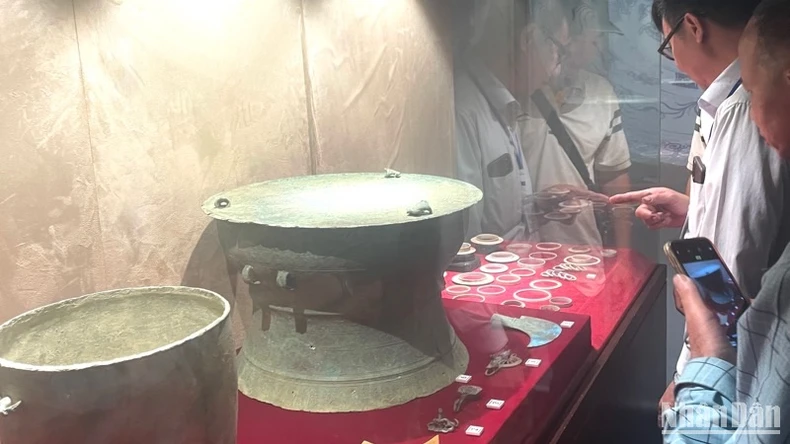 |
Museums need to change their display content to enhance the visitor experience. |
In fact, many museums in Vietnam have gradually changed. The Vietnam Fine Arts Museum is one of the pioneers in applying digital technology to exhibition activities and public services.
With solutions such as multimedia automatic guide software (iMuseum VFA), 3D tours, online exhibition space (VAES), etc., the museum has brought visitors more multi-dimensional and vivid experiences. Without the need for a guide, visitors can easily choose a language, access information through images, sounds, videos , etc. right in front of the works. Even people who are not present at the museum can still "stroll" through the galleries, learning about Vietnamese fine arts through the ages.
Nguyen Van Ha, a student majoring in Literature at the High School for the Gifted in Social Sciences and Humanities (Vietnam National University, Hanoi) shared: "Technology makes art more accessible and vivid. Not only can I admire artistic creations, I also gain a deeper understanding of the history, style and inspiration of the artist behind each work on display."
According to Mr. Nguyen Anh Minh, Director of the Vietnam Fine Arts Museum, digital transformation is not only a way to keep up with trends but also an opportunity to spread heritage to a wider audience, especially the younger generation. The liveliness of digital exhibition spaces has contributed to bringing heritage closer to modern life.
In the context of mainstream technology, many museums have been applying technology to exhibition and education activities. The National Museum of History combines artifacts and 3D projection technology, creating historical depth for each topic. The Vietnam Museum of Ethnology promotes the strength of outdoor exhibitions, combining vivid performances of customs and practices of ethnic communities.
In localities such as Ho Chi Minh City, Quang Ninh, Dien Bien, Da Nang, etc., museums have also proactively digitized their archives to expand access, deployed QR codes to introduce artifacts, and developed virtual tours with multilingual explanations.
Technology does not destroy the original value of artifacts but contributes to telling stories in a more engaging way. Solutions applying virtual reality (VR), augmented reality (AR), 3D models, interactive devices, digital maps, etc. are creating “smart museums”, gradually bringing the public closer to heritage.
However, digital transformation in museums is not just about bringing technology into display, but also requires a shift and innovation in operational thinking, methods and technology.
In reality, most museums in our country are facing difficulties in terms of lack of specialized human resources, limited technological infrastructure and investment budget. Many places still maintain the traditional, one-way display model, mainly displaying artifacts with static introduction boards, lacking interactivity and storytelling ability.
Meanwhile, the needs of the public, especially the young, are changing towards seeking richer, more vivid and multi-dimensional experiences. Therefore, digital transformation in museums is an inevitable requirement for museums to not become outdated, while contributing to changing social perceptions of museums. This is also the time for museums to renew themselves, not only as places to preserve and display the past but also as centers for connecting knowledge, creative spaces, education and interdisciplinary interaction between culture-technology-education-tourism...
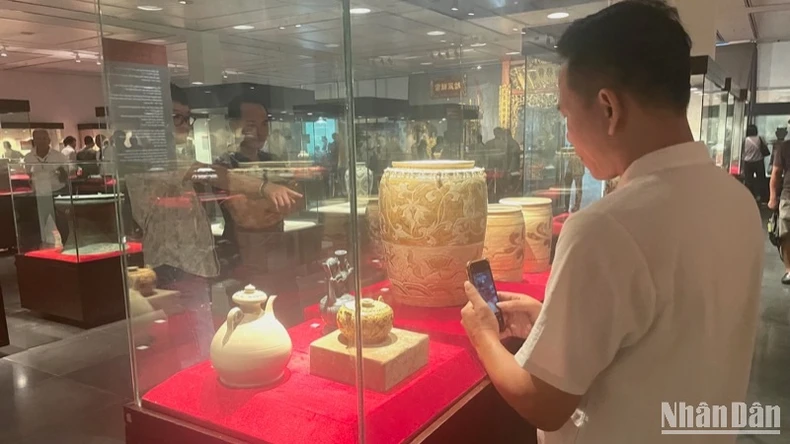 |
Digital transformation creates smart museums. |
For digital transformation to be effective, museums need systematic, long-term investment from the state and society, along with mechanisms to promote interdisciplinary cooperation.
Museum staff also need to get involved, be sensitive to technology, and contribute to making museums dynamic and modern cultural institutions. Along with that, the development of artificial intelligence and a huge data warehouse will support personalizing the tour itinerary, from content suggestions to explanations... Each innovative museum is another cultural meeting place, where young people learn about national history through a modern lens and visitors access the quintessence of Vietnamese culture through friendly technology.
Source: https://nhandan.vn/tham-quan-bao-tang-thoi-cong-nghe-so-post880568.html


![[Photo] General Secretary To Lam visits exhibition of achievements in private economic development](https://vphoto.vietnam.vn/thumb/1200x675/vietnam/resource/IMAGE/2025/5/18/1809dc545f214a86911fe2d2d0fde2e8)



![[Photo] Ready for the top competitions of Vietnamese table tennis](https://vphoto.vietnam.vn/thumb/1200x675/vietnam/resource/IMAGE/2025/5/18/9c547c497c5a4ade8f98c8e7d44f5a41)

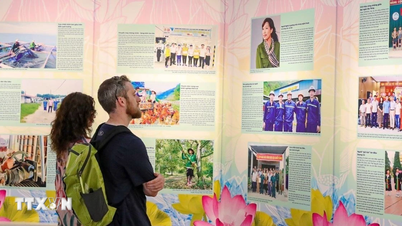







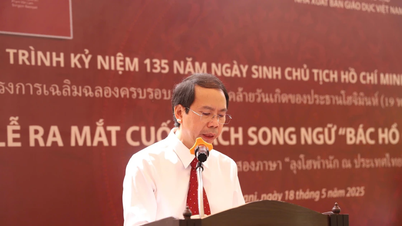





![[Photo] Ready for the top competitions of Vietnamese table tennis](https://vphoto.vietnam.vn/thumb/402x226/vietnam/resource/IMAGE/2025/5/18/9c547c497c5a4ade8f98c8e7d44f5a41)




![[Photo] National conference to disseminate and implement Resolution No. 66-NQ/TW and Resolution No. 68-NQ/TW of the Politburo](https://vphoto.vietnam.vn/thumb/1200x675/vietnam/resource/IMAGE/2025/5/18/adf666b9303a4213998b395b05234b6a)
















































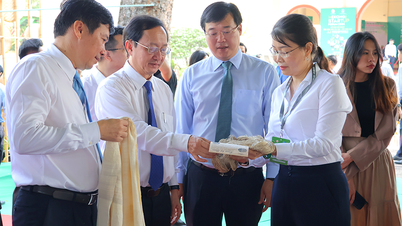
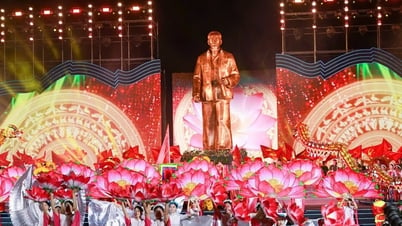












Comment (0)